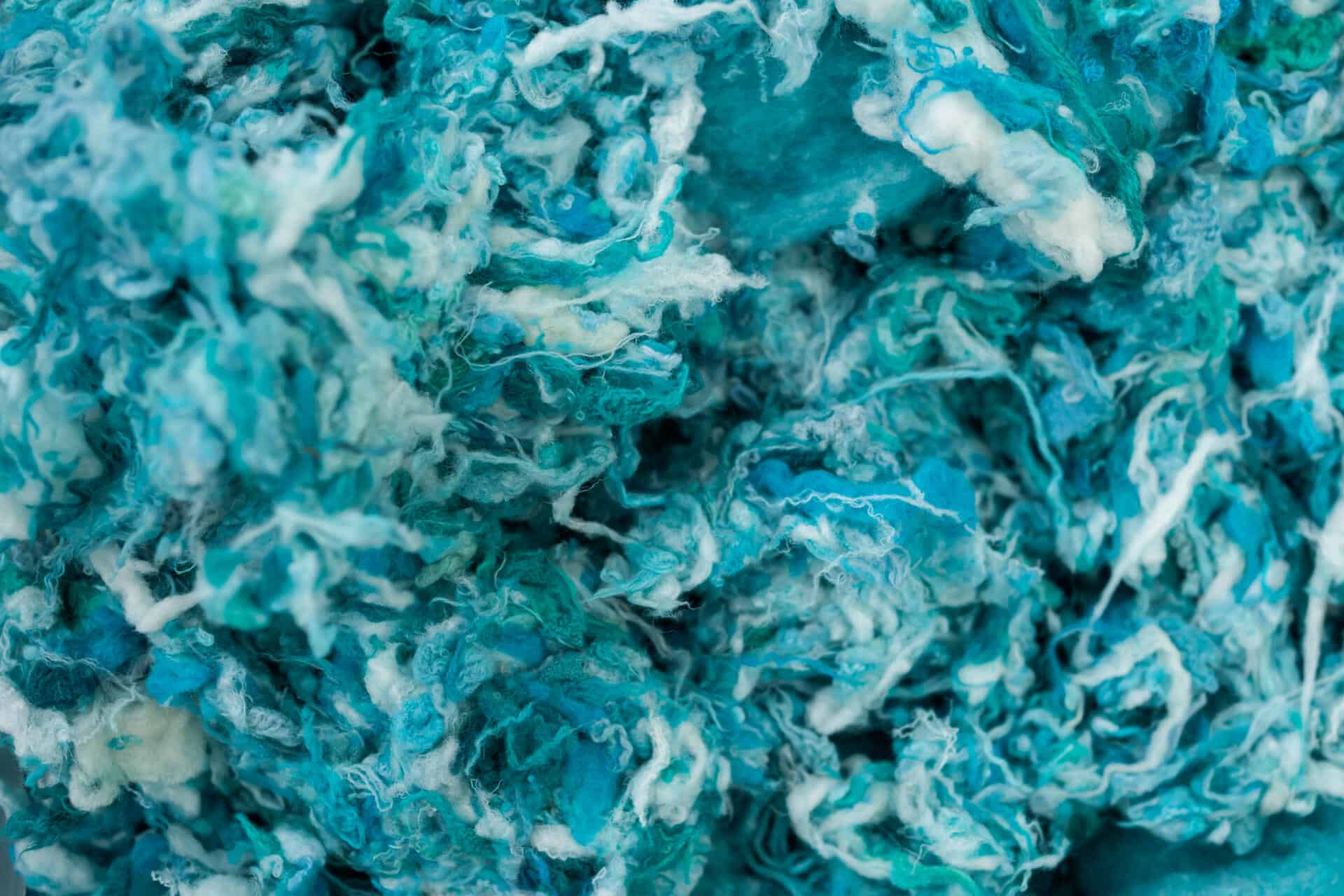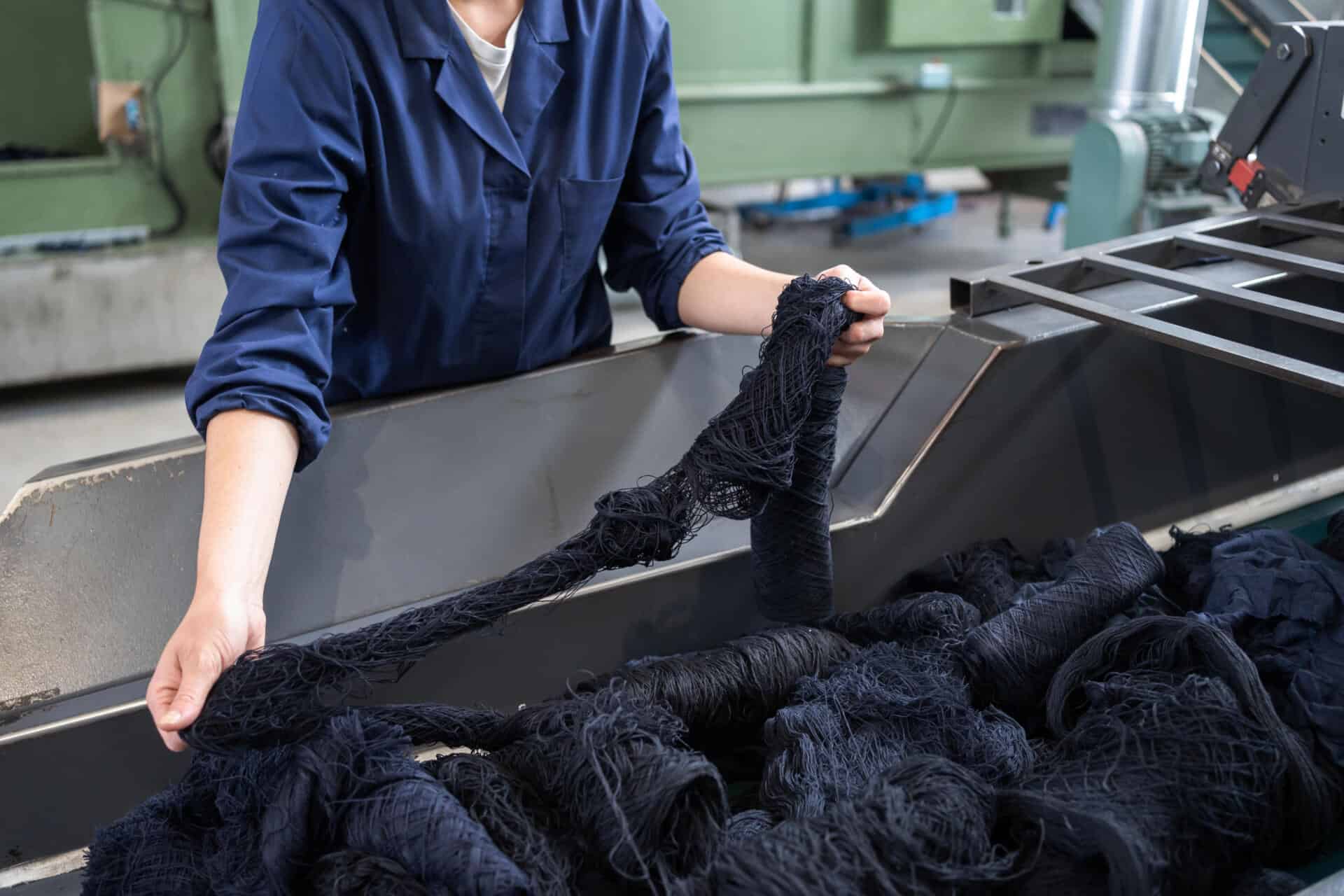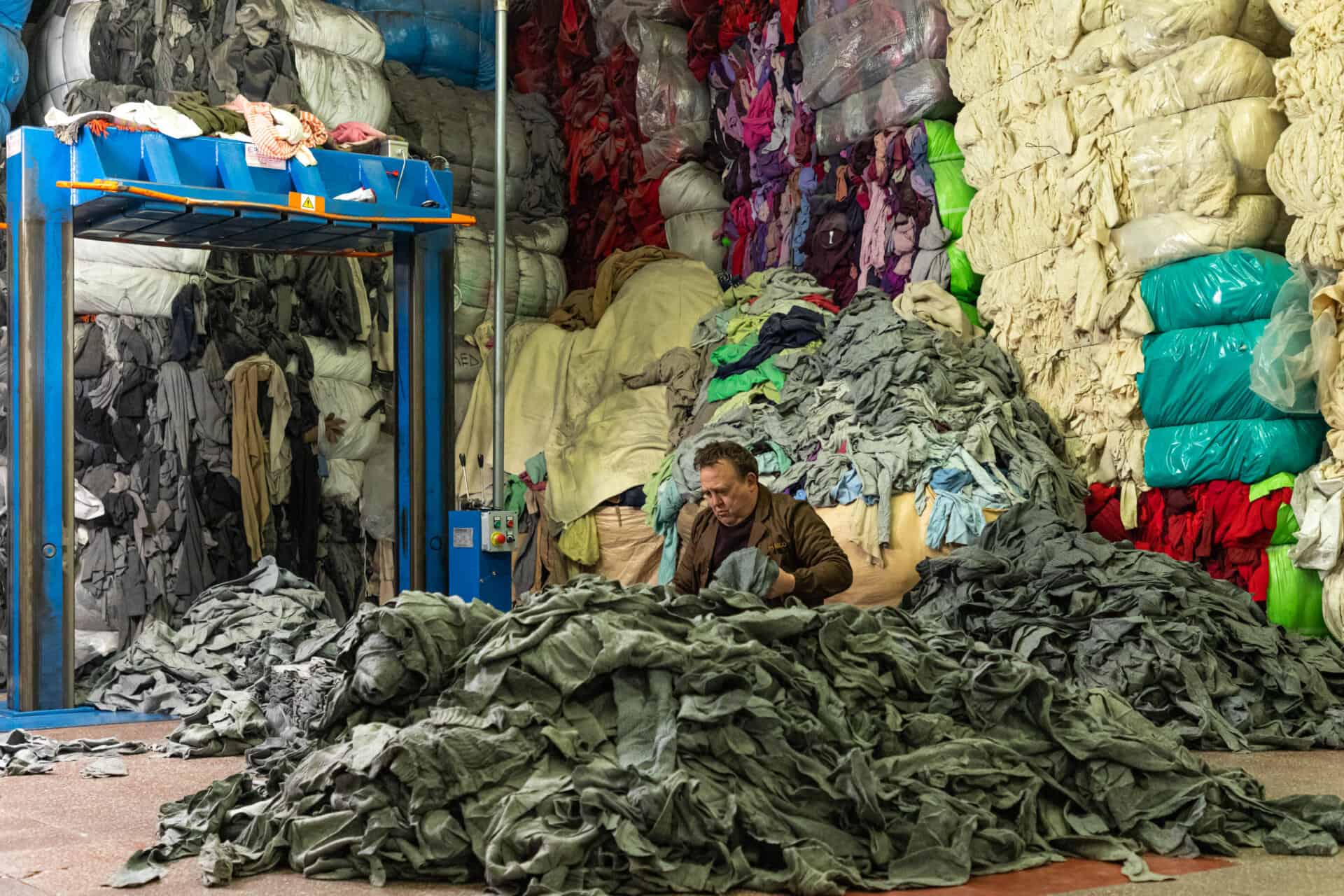Pre-consumer and post-consumer materials in fashion, what is the difference?
Discover what is the difference between pre-consumer and post-consumer materials, and all the pros and cons of each
Garments made of recycled fibers can be made from different input materials, which can be pre-consumer and post-consumer. Let’s understand the differences, and all the pros and cons of each.
In the heavily-targeted and ever-evolving world of fashion, circular economy has emerged as a key practice to reshaping the industry’s landscape and driving a revolutionary shift. In the circular economy, recycling is the last resort, as before coming to this phase, products need to be made from safe and recycled or renewable inputs, to be used more (maintain, prolong, reuse, redistribute, remanufactureand, refurbished) and – last of all – to be made again (through recycling).
To lower their environmental impact, many brands around the world have begun making garments from recycled materials. ISO 14021 defines recycled materials as “reprocessed from reclaimed materials by means of a manufacturing process and then made into a final product or component for incorporation into a product”. However, behind the label “recycled materials,” there is a world to be discovered. In fact, recycled fibers can be obtained from pre-consumer and post-consumer materials.

What is the meaning of pre-consumer recycled material in fashion?
Pre-consumer is often used to describe any waste created before an item gets to a consumer: recycled fibers are created from textile waste generated during production of garments, from upstream to downstream, such as cutting and trimming scraps.
According to Textile Exchange, pre-consumer means “Material diverted from the waste stream during the manufacturing process. Excluded is the reutilization of materials such as rework, regrind or scrap generated in a process and capable of being reclaimed within the same process that generated it.”
Recycling these materials diverts waste from landfills and reduces the demand for virgin materials, but it obviously doesn’t tackle post-consumer waste, which is the biggest challenge of the fashion industry.
What is the meaning of post-consumer recycled material in fashion?
Post consumer waste is waste coming after consumer has used the goods: recycled fibers are created from textiles that have been used and discarded by consumers, such as old clothing, bedding, and towels.
According to Textile Exchange, post-consumer means “Material generated by households or by commercial, industrial, and institutional facilities in their role as end-users of the product that can no longer be used for its intended purpose. This includes returns of materials from the distribution chain.”
This recycling method tackles post-consumer waste but involves a more intricate process to sort, clean, and repurpose the materials. In fact, only about 1% of all clothes are recycled.

What are the pros and cons of pre-consumer recycled materials in fashion?
Pre-consumer recycled fabrics are often seen as the ‘cleaner’ option since they haven’t been contaminated by wear, tear, or environmental exposure. They are also more readily available, as textile manufacturers generate significant waste during production.
However, pre-consumer recycled fabrics only address a small fraction of the total waste produced by the fashion industry. Moreover, the recycling process for pre-consumer fabrics can still consume energy and resources, so it’s essential to evaluate the overall sustainability of the process.
What are the pros and cons of post-consumer recycled materials in fashion?
Post-consumer recycled fabrics have the potential to greatly reduce textile waste in landfills and conserve resources. However, their recycling process is more complex due to the need for sorting, cleaning, and repurposing the materials, which can be time-consuming and labor-intensive.
Despite these challenges, post-consumer recycled fabrics play a crucial role in addressing the waste and pollution generated by the fashion industry. Both companies and consumers can contribute by choosing products made from post-consumer recycled materials, supporting textile recycling programs, and reducing overall textile waste.

In conclusion, while pre-consumer recycled fabrics provide an immediate, albeit partial, solution to textile waste, post-consumer recycled materials represent a crucial frontier in addressing the broader environmental challenges.
The shift towards a fully circular economy in fashion requires synchronized efforts from all stakeholders to reduce, reuse, and recycle at every stage of the product lifecycle. By doing so, we can collectively reduce the industry’s environmental footprint and pave the way for a more resilient and sustainable future.
Since 1943, Manteco® has always turned recycled wool fibers into premium quality textiles, starting both from pre-consumer and post-consumer materials.
After decades in the fashion world, in 2018, we have created the Manteco Academy project, through which we give webinars, in-person lessons and workshops on eco-design, circular economy and sustainability to numerous fashion schools, technical universities and brands worldwide. Thanks to this educative commitment and our heritage, we are often invited as guest speaker at events, panels, podcasts and conferences about sustainable fashion and circular economy.

